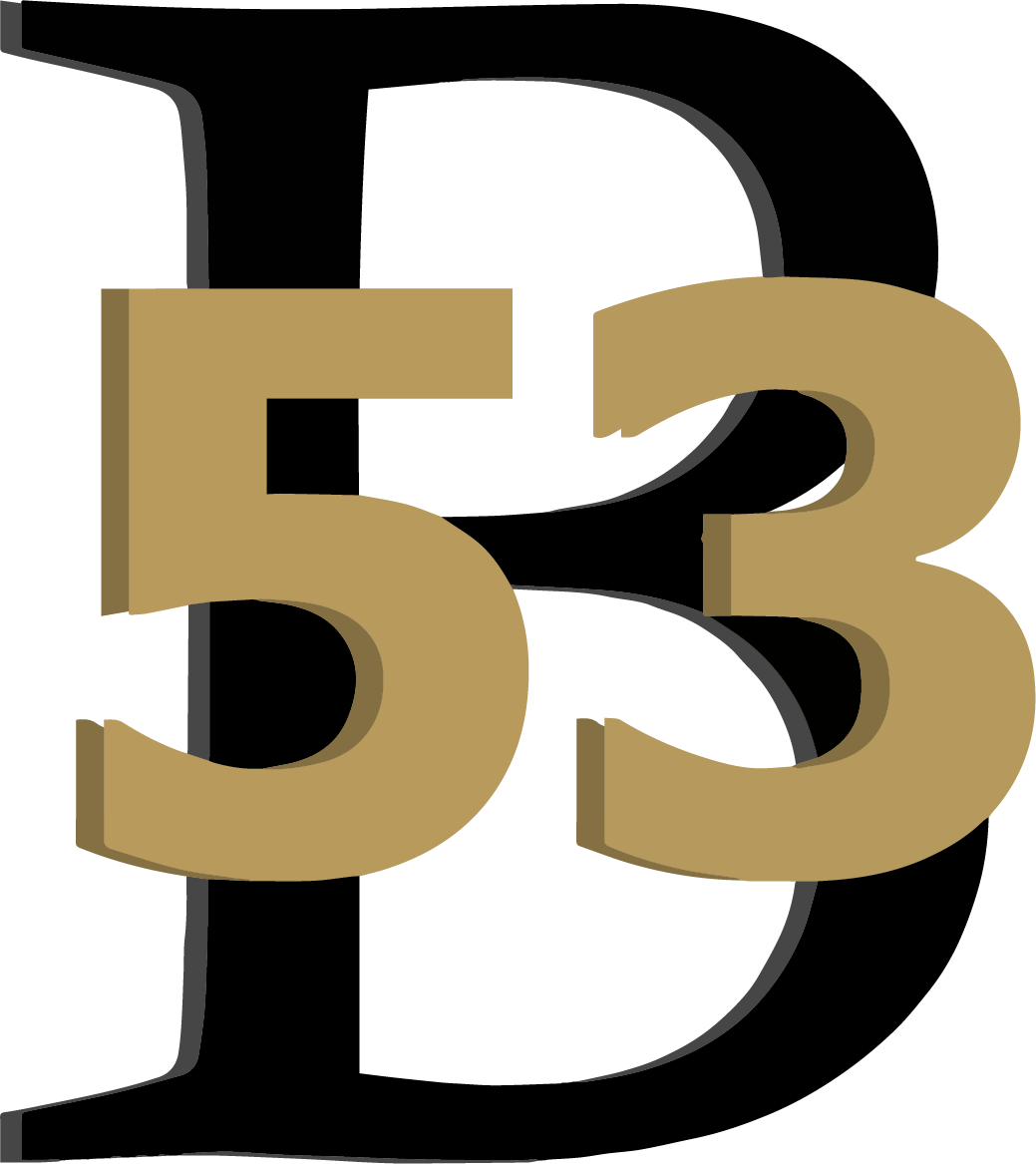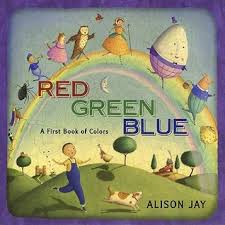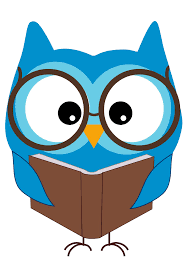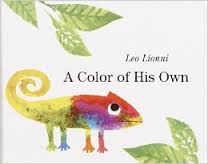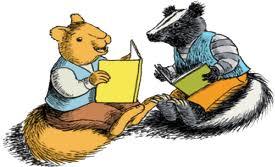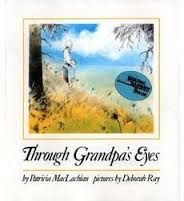K-3 READING UNITS
KINDERGARTEN
A COLORFUL TIME WITH RHYTHM AND RHYME
In this first six-week unit of kindergarten, students are introduced to colorful picture books, traditional poetry, and nursery rhymes filled with rhythm and rhyme.
TELL A STORY, 1-2-3
This unit will introduce students to the idea that texts generally follow a predictable pattern and contain predictable elements. This understanding will underpin the next step; retelling. Throughout the module, students will also focus on the role of author and illustrator; not only their most obvious roles, but also their goal of including strong details and story elements that make the reader want to keep reading.
AMERICA, THEN AND NOW
THE CONTINENTS
1ST GRADE
THE JOY OF READING
In this unit, students will learn that reading can be a joyful activity that can help people everywhere acquire knowledge. Reading books can change the way we think and feel.
UNIQUE CREATURES
Throughout this unit, students will read about the diverse characteristics, or features, of all kinds of creatures. Students will locate the main idea and details in informational text and the central message in fiction.
THE POWER OF WIND AND EMOTIONS
This unit focuses on the impact wind has on our world and emotions. Students will read nonfiction text about all types of storms and the impact they have. They will also learn to describe emotions in characters and interpret fictional stories.
LESSONS FROM LEADERS
Students will compare and contrast narratives and biographies about some of our nation's most notable leaders and how they learn how they overcame obstacles in their lives. They will also read to discover lessons from fictional stories and folktales.
2ND GRADE
A SEASON FOR CHANGE
In the first six-week unit of second grade, students focus on the beauty of language - in chapter books, informational tests, and poetry - all related to the four seasons.
THE WILD WEST
In this second six-week unit of second grade, students read literature set in the "Wild West": chapter books, informational texts, songs, tall tales, and fairy tales.
BUILDING BRIDGES WITH UNLIKELY FRIENDS
Students read informational texts on building bridges and view these amazing structures on the Internet. Through realistic fiction, they examine the possibility of friendship in conflict-filled settings.
A LONG JOURNEY TO FREEDOM
In this fourth six-week unit of second grade, students read informational text and fictionalized accounts of the African-American journey to freedom.
FOLKTALES FROM AROUND THE WORLD
Building on previous units, students write opinions and narratives related to the folktale/world theme of this unit. Students discuss text features as a part of reading informational text.
3RD GRADE
STORIES WORTH TELLING AGAIN AND AGAIN
In this unit, students explore the universality of story, and thoughtfully consider why we tell some stories over and over again. Within the module, students have multiple opportunities to analyze art, poetry, literature, biographies, and trickster tales. These works explore why some stories are worth telling and retelling. The art works and texts in this module can be examined through three lenses: Stories about families and/or shared experiences, stories of perseverance that inspire, and trickster tales from oral storytelling traditions.
INSPIRED BY THE SEA
Students explore how the ocean has inspired powerful emotions of love, fear, and awe in people across different places and times. Instead of simply stating a topic and listing details, authors use the people in text to implicitly communicate a central idea. Students discover how authors of informational text use carefully chosen words and information about real people to bring the reader into the main idea of the text. Then, students analyze how the authors of stories use characters' feelings, traits, motivations, and actions to help readers experience the story's central message.
THE PEOPLE, THE PREAMBLE, AND THE PRESIDENTS
Students learn about the struggles and challenges presidents and leaders have experienced throughout history. In addition, they learn about the struggles of immigrants as they search for a better life in America.
SPACE EXPLORATION
